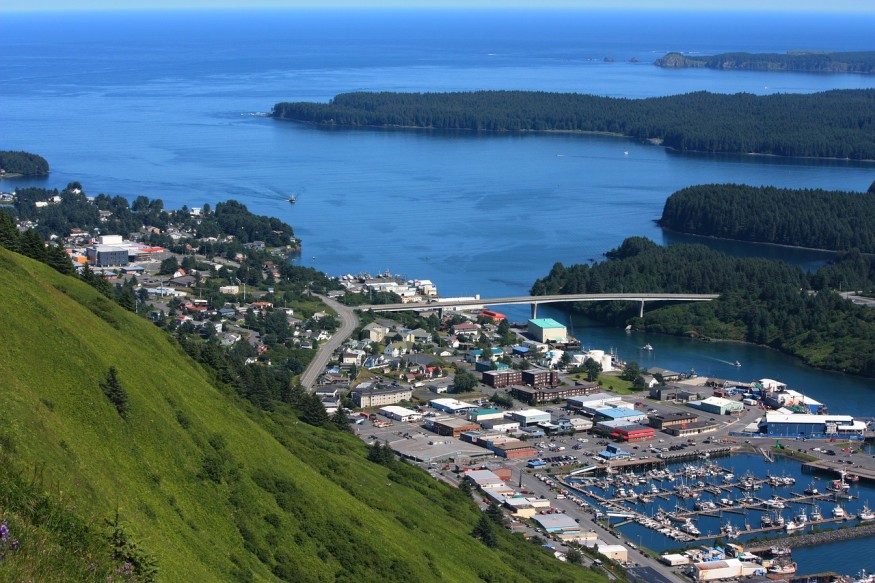
The 7.8-magnitude earthquake that struck the Alaskan Peninsula on Tuesday at 10:12 p.m. local time prompted residents to seek higher grounds because of tsunami fears.
The tsunami alert and advisories were later canceled after the powerful quake created a wave measuring of less than a foot in the community of Sandpoint. There are no reports of any damage nor injuries, Kodiak police Sgt. Mike Sorter said.
The earthquake, which registered six miles deep, occurred 500 miles southwest of Anchorage, and 60 miles south-southeast of Perryville. Earthquakes having a depth below 43 miles are considered shallow and more dangerous that the deeper quakes, a CNN Meteorologist said.
According to the Alaska Earthquake Center, they have people monitoring the aftershocks day and night. Since the earthquake, more than a dozen aftershocks have been recorded with magnitudes ranging from 4.0 or higher.
The Kodiak Aleutian Regional High School became the evacuation center in Kodiak island, which sheltered 300 to 400 people on Tuesday night. Other residents stayed with their pets in their cars in the school's parking lot, which was also declared a safe zone.
READ: Powerful 7.8 Quake Hits Alaska, Tsunami Warning Canceled
Larry LeDoux, the superintendent of the Kodiak School District, said that the evacuation at the school was "everything's as calm as can be. We've got probably 300, 400 people all wearing masks," he said.
Meanwhile, officials of the U.S. Coast Guard based in Kodiak prepared their helicopters and planes by flying it into when the tsunami warnings were issued while Chief Petty Officer Timothy Daugherty. He also checked on his 18 officers to make sure that they are prepared for rescue operations.
"The last thing you want to do is work on getting the aircraft in the air as a tsunami hits," Daugherty said.
Tsunami warnings are common in Alaska, and earthquakes are a regular occurrence, but it often occurs at sea.
According to David Hale, a senior duty scientist at the tsunami center, the Tuesday earthquake was more powerful than the November 2018 earthquake which had a magnitude of 7.1. The said disaster left Anchorage a lot of damage.
Alaska is within the active Pacific Ring of Fire; thus, earthquakes would seem to be a common occurrence for the residents. Alaska experienced 11 percent of the world's earthquakes. Three of the six major earthquakes recorded in history were in Alaska.
READ MORE: Assam Flooding: 2.5 Million People Evacuated, 100 Animals Dead, 8 of Which Are Endangered
The 1964 Great Alaska Earthquake was the most catastrophic by far. It had a magnitude of 9.2 and lasted for a long time: more than four and a half minutes. It earned the claim, the strongest earthquake to hit North America and left 250 people dead.
The Great Alaska Earthquake happened in Alaska-Aleutian Trench, where Tuesday's earthquake also occurred.
On November 30, 2018, another earthquake hit Alaska with a 7.1 magnitude, and a magnitude 5.7 aftershock happened after that. The quake caused severe damage to buildings and a highway overpass. Although there were no reported fatalities, 117 people were injured. Expert says that the Tuesday quake was more powerful as it released about 15 times as much energy than the 2018 earthquake.
© 2026 NatureWorldNews.com All rights reserved. Do not reproduce without permission.





